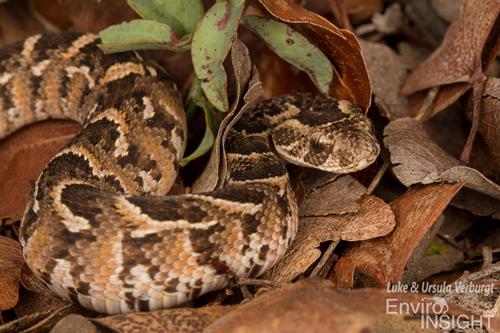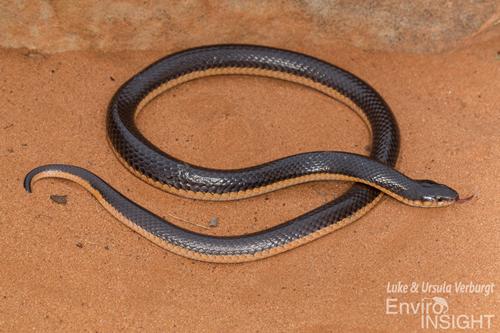Frans Reynecke
This research project aims to investigate the in-field efficacy of five snake repellents. We are also testing the persistence of the repellents in an outdoor environment in South Africa. Efficacy is tested through passive reptile trapping and the persistence of repellents is assessed through gas chromatography-mass spectrometry. Though not the primary aim of this research project, we intend to promote the use of the results by disseminating the findings of this study at various societal levels and through a variety of sources including presentations, publications in scientific journals and on websites, and popular science articles in magazines.

Negative encounters with snakes have evoked a demand to reduce the abundance of these reptiles in certain areas as snakebite envenomation is currently classified under Category A of the Neglected Tropical diseases by the World Health Organization (World Health Organization 2019). The use of repellents is common practice in many rural areas where the prevalence and severity of snakebite envenomation is often most pronounced. Unfortunately, little, if any quantifiable research on the in-field efficacy and decay rates of snake repellents exist despite their continued use. We are assessing the in-field efficacy of five proposed snake repellents that are commonly used in South Africa using passive trapping with drift fence funnel trap arrays that rely on the snakes’ own natural movement. Furthermore, we are investigating the chemical decay rate of these repellents using gas chromatography-mass spectrometry. We chose to focus our efforts on the efficacy and decay rate of these repellents, because both a high efficacy at reducing the target organism(s) abundance and a slow chemical decay rate are required for an agent to be considered as a viable repellent. Human-snake encounters typically lead to the persecution of snakes regardless of their conservation status or whether they are venomous or not. As such, we will be providing information on whether or not these chemical repellents or “agents” commonly used are effective and disseminate the findings at various societal levels.

The information we will disseminate will provide outcomes, not only of the experiment, but also very importantly, strategies to reduce snake encounters, and basic approaches / common practices what to do when encountering snakes. This promotion and awareness should aid in decreasing the negative encounters between humans and snakes, and likely promote more positive outcomes for the snakes. Reduction of human-snake conflict will lead to a decrease of morbidity, mortality and economic hardship resulting from snakebite envenomation and subsequently decrease the persecution of snakes.